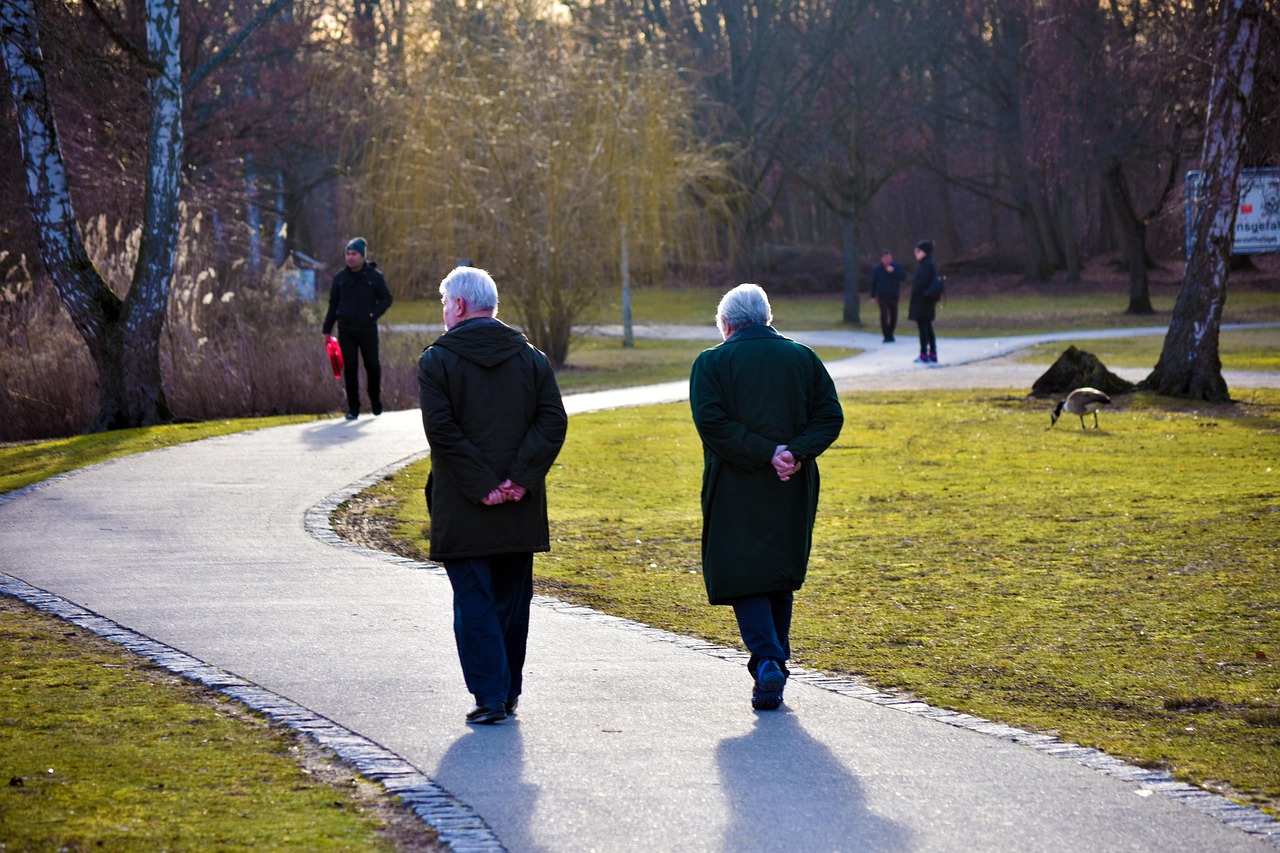Stay safe and maintain independence with these evidence-based exercises designed to prevent falls in older adults.
Understanding Fall Risk
Falls are a leading cause of injury among older adults, but many falls can be prevented through targeted exercises that improve balance, strength, and coordination.
Risk Factors for Falls
- Muscle weakness and loss of balance
- Vision problems
- Medications that cause dizziness
- Environmental hazards
- Chronic health conditions
Balance Exercises
1. Single Leg Stand
How to do it:
- Hold onto a chair or wall for support
- Lift one foot off the ground
- Hold for 10-30 seconds
- Switch legs, repeat 3-5 times each
2. Heel-to-Toe Walk
How to do it:
- Place heel of one foot directly in front of toes of other foot
- Walk in a straight line for 10-20 steps
- Use a wall for support if needed
- Focus on a spot ahead to maintain balance
3. Standing March
How to do it:
- Stand with feet hip-width apart
- Hold onto a chair for support
- Lift one knee up toward chest
- Lower and repeat with other leg
- Continue for 1-2 minutes
Strength Training Exercises
4. Chair Stands
How to do it:
- Sit in a sturdy chair with arms
- Place feet flat on floor
- Lean slightly forward and stand up
- Sit back down slowly
- Repeat 10-15 times
5. Wall Push-ups
How to do it:
- Stand arm's length from wall
- Place palms flat against wall
- Bend elbows and lean toward wall
- Push back to starting position
- Repeat 10-15 times
6. Calf Raises
How to do it:
- Hold onto a chair for support
- Rise up onto toes
- Hold for 2-3 seconds
- Lower slowly
- Repeat 10-15 times
Flexibility and Mobility
7. Ankle Circles
How to do it:
- Sit in a chair with feet flat
- Lift one foot and rotate ankle in circles
- Do 10 circles in each direction
- Switch feet and repeat
8. Hip Flexor Stretch
How to do it:
- Stand with one foot forward
- Bend front knee slightly
- Keep back leg straight
- Feel stretch in back hip
- Hold 30 seconds each side
Exercise Program Guidelines
Frequency and Duration
- Balance exercises: Daily, 10-15 minutes
- Strength training: 2-3 times per week
- Flexibility: Daily, 5-10 minutes
- Start slowly and progress gradually
Safety Tips
- Always have support nearby
- Wear comfortable, non-slip shoes
- Stop if you feel dizzy or unsteady
- Consult your doctor before starting
Environmental Safety
Home Modifications
- Remove throw rugs and clutter
- Install grab bars in bathroom
- Improve lighting throughout home
- Keep frequently used items within reach
Assistive Devices
- Use canes or walkers if recommended
- Wear proper footwear
- Consider medical alert systems
- Keep emergency contacts accessible
When to Seek Help
Contact your healthcare provider if you experience:
- Frequent falls or near-falls
- Dizziness or lightheadedness
- Difficulty with balance or walking
- Fear of falling that limits activities
Additional Resources
Professional Support
- Physical therapy evaluation
- Occupational therapy assessment
- Vision and hearing checks
- Medication review with pharmacist
Community Programs
- Tai Chi classes for seniors
- Senior fitness programs
- Balance and fall prevention workshops
- Walking groups
Conclusion
Regular exercise is one of the most effective ways to prevent falls and maintain independence as you age. These exercises target the key areas that affect balance and stability: strength, flexibility, and coordination.
Remember to start slowly, use support when needed, and consult with your healthcare provider before beginning any new exercise program. With consistent practice, you can significantly reduce your fall risk and maintain your quality of life.
